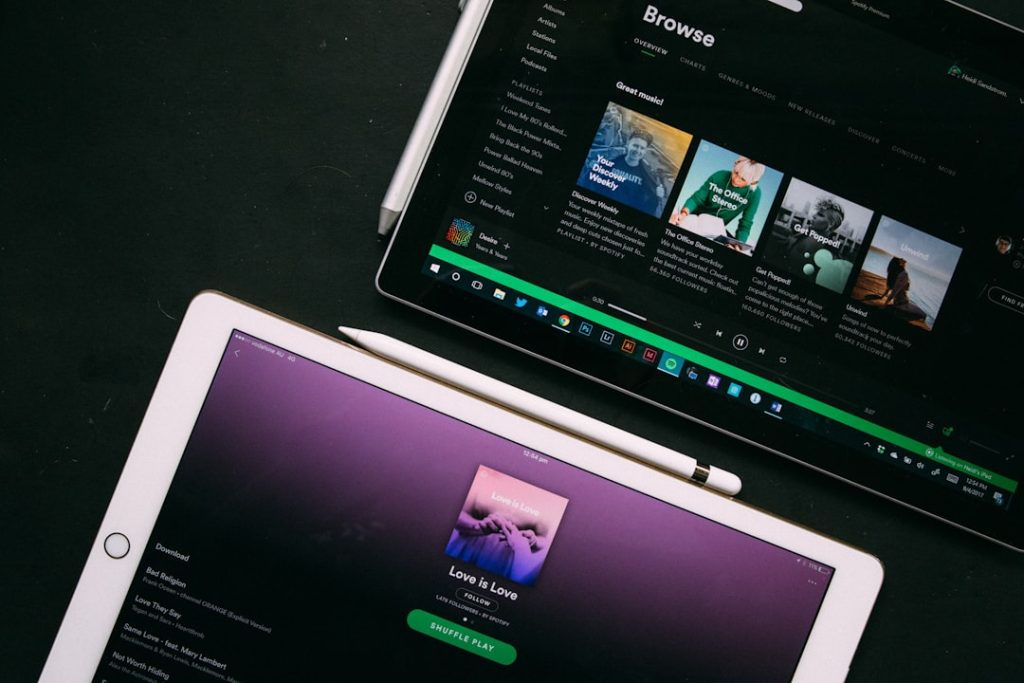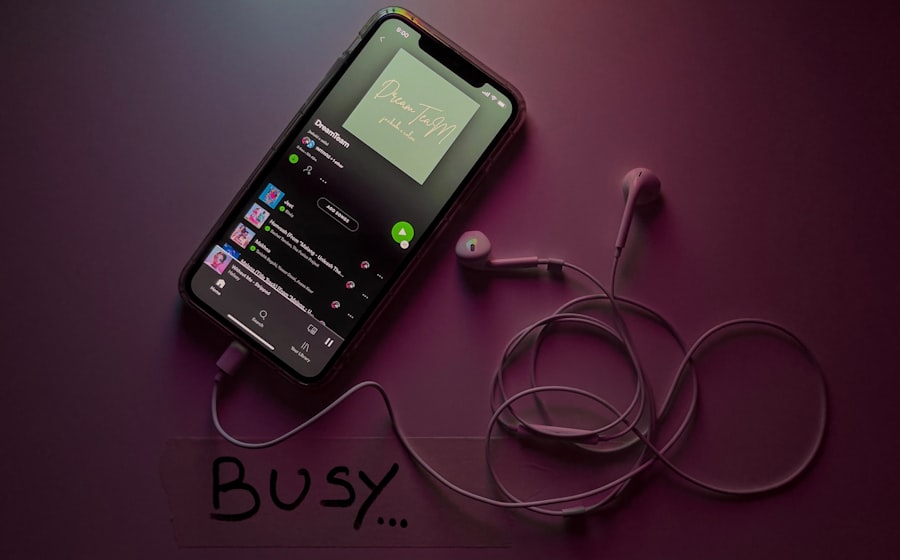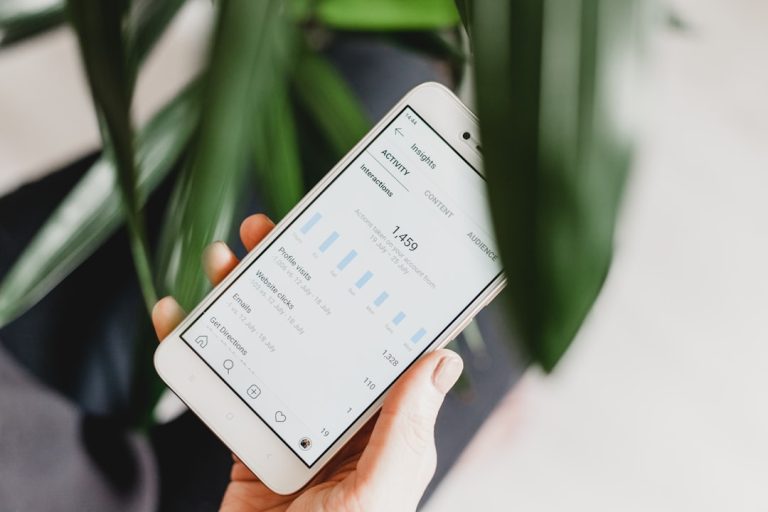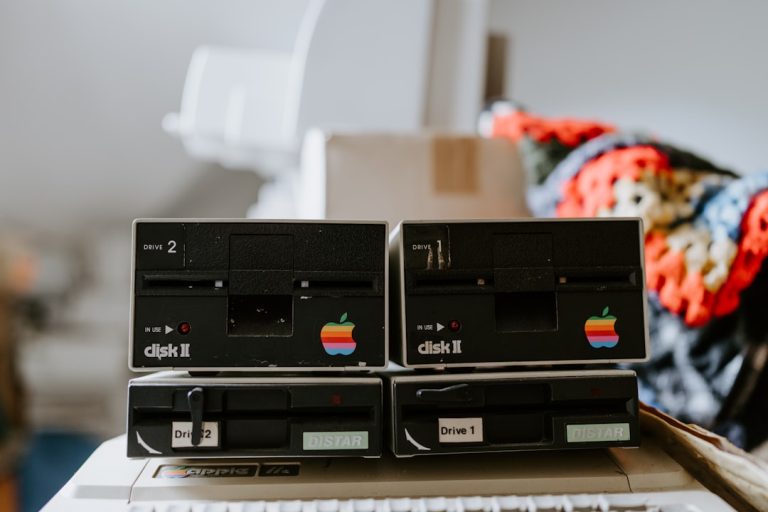
The music streaming landscape has undergone a seismic shift over the past decade, transforming how artists distribute their work and how listeners consume music. Platforms like Spotify, Apple Music, and Amazon Music dominate the market, boasting millions of tracks and a user base that spans the globe. This shift has democratized music distribution, allowing independent artists to reach audiences without the need for traditional record labels.
However, this accessibility comes with its own set of challenges, as the sheer volume of content available can make it difficult for new releases to stand out. In this environment, understanding the algorithms that govern these platforms is crucial. Streaming services utilize complex algorithms to curate playlists and recommend music to users based on their listening habits.
For instance, Spotify’s Discover Weekly and Release Radar playlists are tailored to individual users, making them powerful tools for artists looking to gain exposure. Additionally, the rise of data analytics has enabled artists and labels to track listener engagement and demographics, providing insights that can inform marketing strategies. As such, navigating this landscape requires not only a solid understanding of the platforms themselves but also an awareness of how to leverage data to maximize reach and engagement.
Key Takeaways
- The music streaming landscape is highly competitive, with platforms like Spotify, Apple Music, and Tidal dominating the market.
- Identifying your target audience and niche is crucial for standing out in the crowded music streaming space and building a dedicated fan base.
- Creating engaging visual content, such as music videos and album artwork, is essential for capturing the attention of your audience and enhancing the overall listening experience.
- Leveraging playlists and curated content on streaming platforms can significantly increase your music’s discoverability and reach a wider audience.
- Utilizing social media and influencer marketing is a powerful way to connect with fans, build hype, and create buzz around your music release.
Identifying Your Target Audience and Niche
Understanding Your Demographic
For example, if your sound resonates with young adults who enjoy indie rock, your promotional efforts should be tailored to platforms and channels frequented by that demographic. This could include social media platforms like Instagram or TikTok, where visual content thrives and younger audiences are more engaged.
Carving Out a Niche
Moreover, carving out a niche within the broader music landscape can help you connect more deeply with your audience. Genres have become increasingly hybridized, allowing artists to blend influences and create unique sounds that appeal to specific listener segments. For instance, an artist who fuses elements of folk with electronic music may attract fans from both genres, creating a diverse yet dedicated following.
Targeted Marketing Campaigns
By honing in on your unique sound and the specific audience it attracts, you can create targeted marketing campaigns that resonate more effectively, ultimately leading to higher engagement and loyalty.
Creating Engaging Visual Content for Your Release

In an age where attention spans are fleeting, creating visually engaging content is paramount for any music release. The visual aspect of music—whether through album artwork, music videos, or promotional graphics—serves as a critical touchpoint for potential listeners. High-quality visuals can evoke emotions and set the tone for your music, making them an essential component of your overall branding strategy.
For instance, consider the impact of Billie Eilish’s striking visuals that accompany her music; they not only reflect her artistic identity but also enhance the listener’s experience. Music videos have evolved beyond mere promotional tools; they are now a form of storytelling that can deepen the connection between the artist and their audience. A well-crafted video can encapsulate the themes of a song while providing a visual narrative that captivates viewers.
Additionally, platforms like YouTube serve as both a music distribution channel and a social media platform, allowing artists to engage with fans through comments and shares. By investing in high-quality visual content that aligns with your musical identity, you can create a cohesive brand that resonates with listeners on multiple levels.
Leveraging Playlists and Curated Content
| Platform | Number of Playlists | Number of Followers | Engagement Rate |
|---|---|---|---|
| Spotify | 100 | 1,000,000 | 5% |
| Apple Music | 80 | 800,000 | 4% |
| YouTube Music | 120 | 1,200,000 | 6% |
Playlists have become a cornerstone of music discovery in the streaming era. Curated playlists on platforms like Spotify and Apple Music not only help listeners find new music but also serve as vital promotional tools for artists. Getting featured on popular playlists can significantly boost an artist’s visibility and streaming numbers.
For example, being included in Spotify’s “Today’s Top Hits” playlist can lead to millions of streams within days, propelling an artist into mainstream consciousness. To effectively leverage playlists, artists should focus on building relationships with curators—both those associated with major platforms and independent ones who run niche playlists. Researching playlists that align with your genre or style is essential; submitting your music to these curators can increase your chances of being featured.
Additionally, creating your own playlists that include your tracks alongside similar artists can foster community engagement and encourage listeners to explore your music in context with others they enjoy. This strategy not only enhances discoverability but also positions you as an active participant in the music community.
Utilizing Social Media and Influencer Marketing
Social media has revolutionized how artists connect with their fans and promote their music. Platforms like Instagram, TikTok, and Twitter provide artists with direct access to their audience, allowing for real-time engagement and interaction. For instance, TikTok has emerged as a powerful tool for music promotion; viral challenges or trends can catapult a song into the limelight overnight.
Artists who embrace these platforms can create authentic connections with their fans by sharing behind-the-scenes content, personal stories, or even snippets of new music. Influencer marketing is another avenue worth exploring in the digital age. Collaborating with influencers who align with your brand can amplify your reach significantly.
For example, if you’re an emerging pop artist, partnering with a popular lifestyle influencer to feature your song in their content can introduce your music to their followers, many of whom may be potential fans. This strategy not only broadens your audience but also lends credibility to your work through association with established figures in the social media landscape.
Building Hype and Anticipation for Your Release

Creating anticipation around a music release is an art form in itself. The lead-up to a release is crucial for generating buzz and ensuring that listeners are excited about what’s coming next. One effective strategy is to tease snippets of your music or visuals on social media platforms leading up to the release date.
This could involve sharing short clips of your songs or behind-the-scenes footage from recording sessions, which can intrigue fans and encourage them to share the content within their networks. Another tactic is to engage in countdowns or exclusive pre-release events. For instance, hosting a live stream where you perform new songs or discuss the inspiration behind them can create a sense of exclusivity and urgency among fans.
Additionally, offering limited-time pre-orders or exclusive merchandise tied to the release can incentivize fans to engage more deeply with your work.
Optimizing Your Metadata and SEO for Discoverability
In the digital age, discoverability hinges on effective metadata optimization and search engine optimization (SEO). Metadata refers to the information associated with your music files—such as song titles, artist names, album titles, and genre tags—that helps streaming platforms categorize and recommend your music accurately. Ensuring that this information is accurate and comprehensive is essential for maximizing visibility on platforms like Spotify or Apple Music.
SEO plays a critical role in how potential listeners find your music online. By incorporating relevant keywords into your artist bio, song descriptions, and promotional materials, you can improve your chances of appearing in search results when users look for new music in your genre. For example, if you’re an indie folk artist, using keywords like “indie folk,” “acoustic,” or “singer-songwriter” throughout your online presence can help attract listeners searching for those specific styles.
Additionally, engaging in practices such as linking back to your music from blogs or websites can enhance your SEO efforts further.
Analyzing and Adapting Your Strategy for Future Releases
The final piece of the puzzle involves analyzing the performance of your release strategy and adapting it for future projects. After launching new music, it’s essential to review metrics such as streaming numbers, social media engagement rates, and audience demographics to gauge what worked well and what didn’t. Platforms like Spotify for Artists provide valuable insights into listener behavior that can inform future marketing efforts.
For instance, if you notice that a particular social media campaign led to a spike in streams or followers, it may be worth investing more resources into similar strategies for future releases. Conversely, if certain tactics did not yield expected results—such as influencer partnerships that didn’t resonate—it’s crucial to reassess those approaches moving forward. By continuously analyzing data and adapting strategies based on real-world performance, artists can refine their marketing efforts over time, ensuring that each release builds upon the successes—and lessons—of previous ones.
If you’re looking to dive deeper into the world of music release strategies for streaming services, be sure to check out the article “Hello World” on sersea.media.
FAQs
What is a music release strategy for streaming services?
A music release strategy for streaming services is a plan that artists and music industry professionals use to effectively launch and promote their music on streaming platforms such as Spotify, Apple Music, and Amazon Music. It involves planning the release date, marketing efforts, and promotional activities to maximize the reach and impact of the music.
Why is a music release strategy important for streaming services?
A music release strategy is important for streaming services because it helps artists and music professionals to stand out in a crowded market, reach their target audience, and maximize their music’s potential for success. It also allows them to capitalize on the unique features and algorithms of streaming platforms to increase visibility and engagement.
What are the key components of a successful music release strategy for streaming services?
Key components of a successful music release strategy for streaming services include setting a release date, creating compelling promotional content, optimizing metadata and keywords, pitching to playlists and curators, engaging with fans on social media, and analyzing data to make informed decisions.
How can artists and music professionals promote their music effectively on streaming services?
To promote their music effectively on streaming services, artists and music professionals can utilize a variety of tactics such as securing playlist placements, running targeted advertising campaigns, collaborating with influencers, creating engaging visual content, and leveraging social media platforms to connect with fans and build a loyal following.
What are some common mistakes to avoid when creating a music release strategy for streaming services?
Common mistakes to avoid when creating a music release strategy for streaming services include neglecting to optimize metadata, overlooking the importance of engaging with fans, failing to tailor the strategy to the specific platform’s features, and not analyzing data to measure the effectiveness of the strategy.


